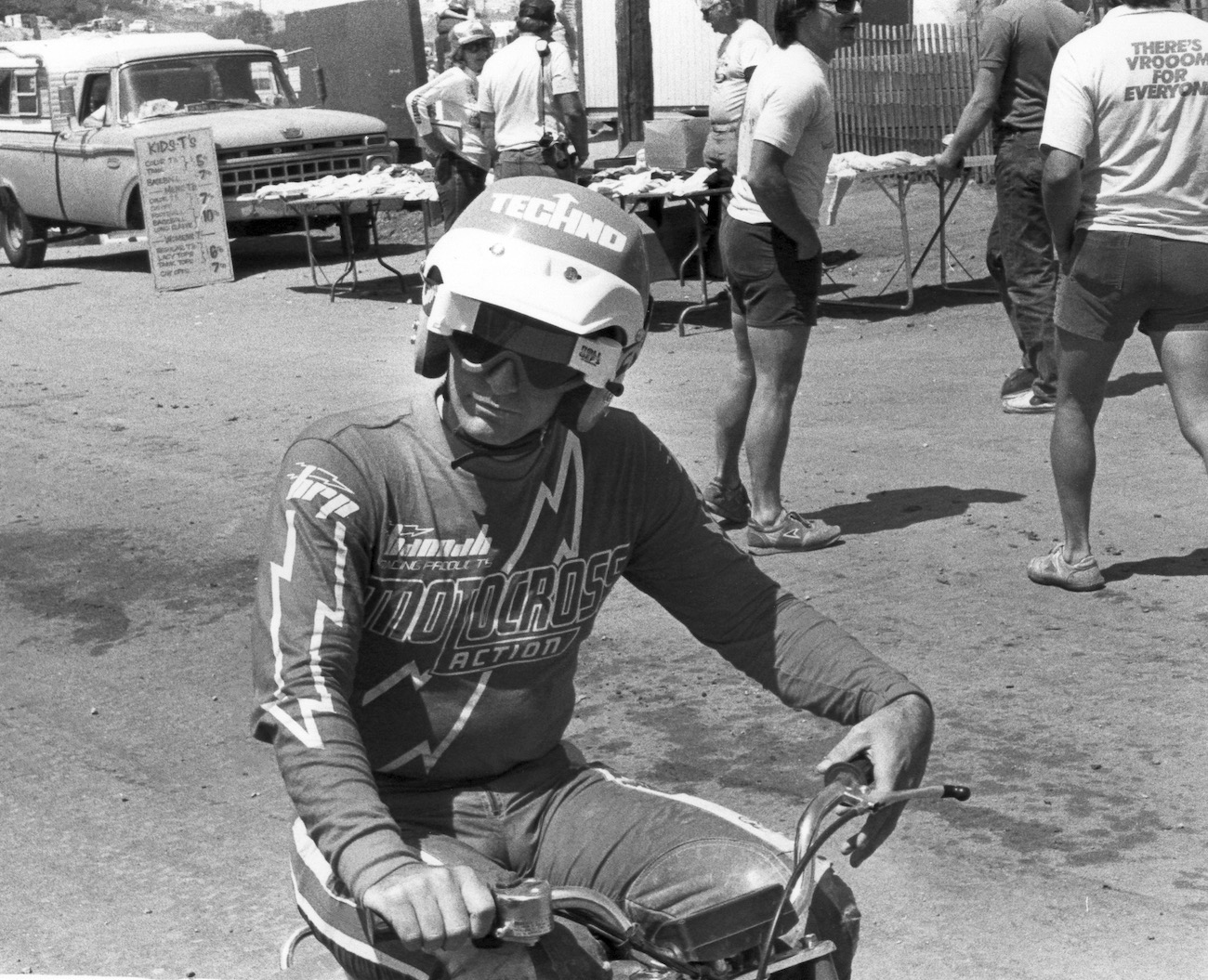BEST OF JODY’S BOX: THE STAGES OF LIFE LEAD BACK TO WHERE YOU STARTED
When I see fresh-faced 16-year-olds, I see myself when I was that young. I was once like them—full of the promise of a great racing career; enthusiastic about every new experience; eager to walk every inch of every new track. But when I look closer at the faces of the “next big things,” I also see the future that awaits them.
Aspiring teenage motocross racers are like contestants in a beauty pageant. They start out all bright and shiny, but end up weathered and wrinkled—that is the natural progression. I’m not trying to sound mean. I’m at the weathered and wrinkled stage myself. I’m a very happy motocross racer in my old age. But, finding happiness as a racer is a long and arduous task. It goes through many stages.
 In Stage One I rode with wild abandon. I just loved the leather pants, smell of gasoline, unmuffled sound from stingers and the freedom from teenage angst. I didn’t care whether I was fast or slow. I just wanted to ride like the wind.
In Stage One I rode with wild abandon. I just loved the leather pants, smell of gasoline, unmuffled sound from stingers and the freedom from teenage angst. I didn’t care whether I was fast or slow. I just wanted to ride like the wind.
In Stage Two people wanted to help me with my racing. They gave me stuff (bike, parts, gear, etc); however, with the stuff came responsibility— they made it clear where the stuff came from and what I had to do to keep it. There was pressure to perform. That fact, more than self doubt or the inevitable injuries, put the first wrinkle in my silken complexion.
In Stage Three I discovered the vagaries of the athletic life. I had a bike and parts deal, and I wasn’t ever going to get much more. I liked the people I rode for, and I don’t think they would have ever told me to fish or cut bait, but I knew that someday I would have to make that call. Oh yeah! I was getting older—not faster, not smarter, not prettier. I was a beauty queen on the downhill side of vivaciousness.
In Stage Four I came to the realization that my dream needed a new top-end job. I was lucky. I had connections, and as a test rider and later a magazine editor, I got paid—win or lose. That financial reality meant that I could slow down (I don’t mean give up my workaholic ways, but literally slow down). Not surprisingly, as a guy with a high-profile test rider job, getting hurt while riding with wild abandon was a big no-no. Heaven forbid that I break the two fingers that I type with. So, I settled down, never walked another track before a race, skipped every riders’ meeting and showed up at the starting line at the last second to squeeze into the gate that every other rider had avoided like the Zika virus. I was pressure-free.
In Stage Five I knew that I had not lived up to the promise I had shown in the late 1960s, the journeyman racecraft I had in the early 1970s or the CMC number-one Vet Pro I was in the 1980s. I felt like I was cheating people by being slow. Strangers would say to me, “I thought you were faster.” What could I say? “Let’s get in Mr. Peabody’s Way-Back Machine and set the dial to 1971.” Or “How fast do you expect someone who was born in the 1940s to be in 2021?” or “People on your side of the fence always say those kinds of things about people on my side of the fence.” There is no comfort in knowing that people say the same stupid things about guys who were much faster than me back in the day.
In truth, I would gladly go back in time and be young, naive and wrinkle-free again, but only if I could go back to when I was a slow beginner. Those were the glory days. How so? Because you are never as fast as when you are slow. When you are a total neophyte, you are full of potential. Yes, you are slow as molasses, but slow riders have nowhere to go but up. And if you don’t get any faster, you don’t get slower, either.
Not so for me. From the day I reached terminal velocity (sometime around when Richard Nixon was in the White House) I could only get slower. You can’t see that in the face of the “next big thing,” but I know it’s there.








Comments are closed.